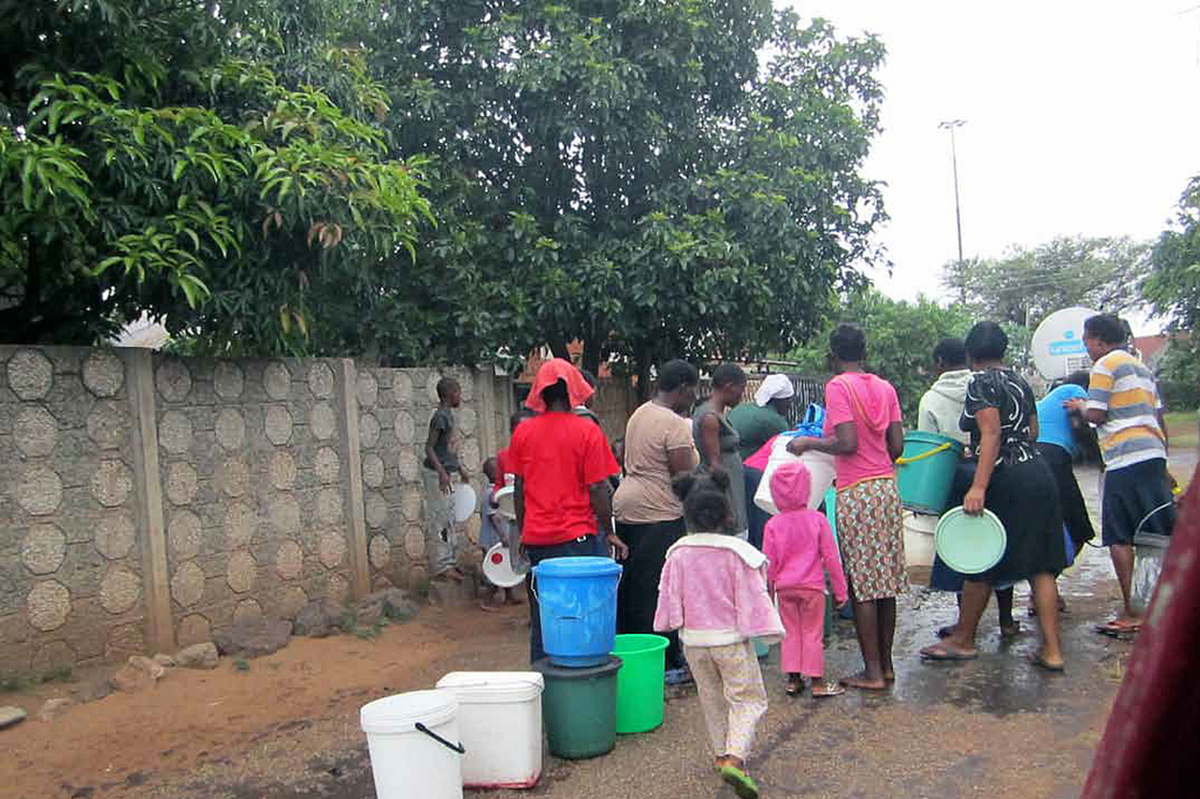Table of Contents
Between 1992 and 2013, the research team collected 1,800 bacteria samples from 63 countries. In almost half of these samples, H58 was identified. When you consider that typhoid infects approximately 22 million people every year, and the mortality rate is around 200,000 of these, you can see just how serious this problem is. To make things worse, this only includes those who seek medical attention, so the numbers could in fact be a lot higher.
Beyond Antibiotic Resistant Typhoid: What Can Be Done?
Scientists are constantly working on developing new drugs to treat infection. Unfortunately, because H58 seems to have the ability to mutate to resist the new drugs as they are put into use, this makes treatment much more difficult. Continued surveillance has been recommended by the research team to follow the H58 strain to see where it goes and how it evolves.

These surveillance systems need to be improved to enable the identification of antibiotic resistant typhoid "hotspots" and to develop and maintain better prevention and control methods. Early diagnosis is also important, as the sooner the patient begins treatment, the better the chance of being able to treat with drugs before the strain develops the resistance.
Another issue that is believed to be the cause of multi-antibiotic resistance is the over-prescribing of general antibiotics. Too often these drugs are given for mild cases of illness of infection, when in reality, they are quite often not even needed. Sometimes they are even prescribed as a preventative measure, further flooding the system with excess antibiotics.
The problem is that eventually H58 may become resistant even to these drugs, so the need to come up with better options and solutions is pressing.
How To Stay Safe From Typhoid
If you are planning on traveling to one of the areas where there is a high risk of typhoid or the antibiotic resistant typhoid, there a few things you can do to help stay infection free. First of all, you should make sure you have the vaccination before you leave your country. This will provide the best possible prevention.
With regards to food, make sure that wherever you choose to eat is very clean, and preferably a reputable restaurant. Otherwise, you could prepare your own food, but for many, this takes away a lot of the fun and excitement of visiting a different country and culture. If it is possible, take note of who is preparing your meals, and if you are not sure about the sanitation of the place, keep clear and look for somewhere more suitable.
Drinking water is the most common source of many bacterial infections around the world, and this includes typhoid. If you are in a third world country, or any foreign country for that matter, the safest thing to do is to drink sealed, bottled water. It may seem a nuisance at first, but before long you get used to carrying it around with you. Many places such as Thailand offer you bottled water instead of tap water anyway, so it’s not too much of a problem to find a good supply.
READ Overuse Of Drugs In Animal Farming Linked To Antibiotic Resistance In Humans
If you suspect you have contracted an infection, especially is there is an associated fever, you should seek medical attention as soon as possible. Often the symptoms may not even develop until after you have returned home. If this is the case, make sure your doctor knows where you have been so they know what to look for and what the best possible treatment options are.
- Photo courtesy of SurfaceWarriors via Flickr: www.flickr.com/photos/navalsurfaceforces/12209866605
- Photo courtesy of CDC Global Health via Flickr: www.flickr.com/photos/cdcglobal/8158650059


Your thoughts on this